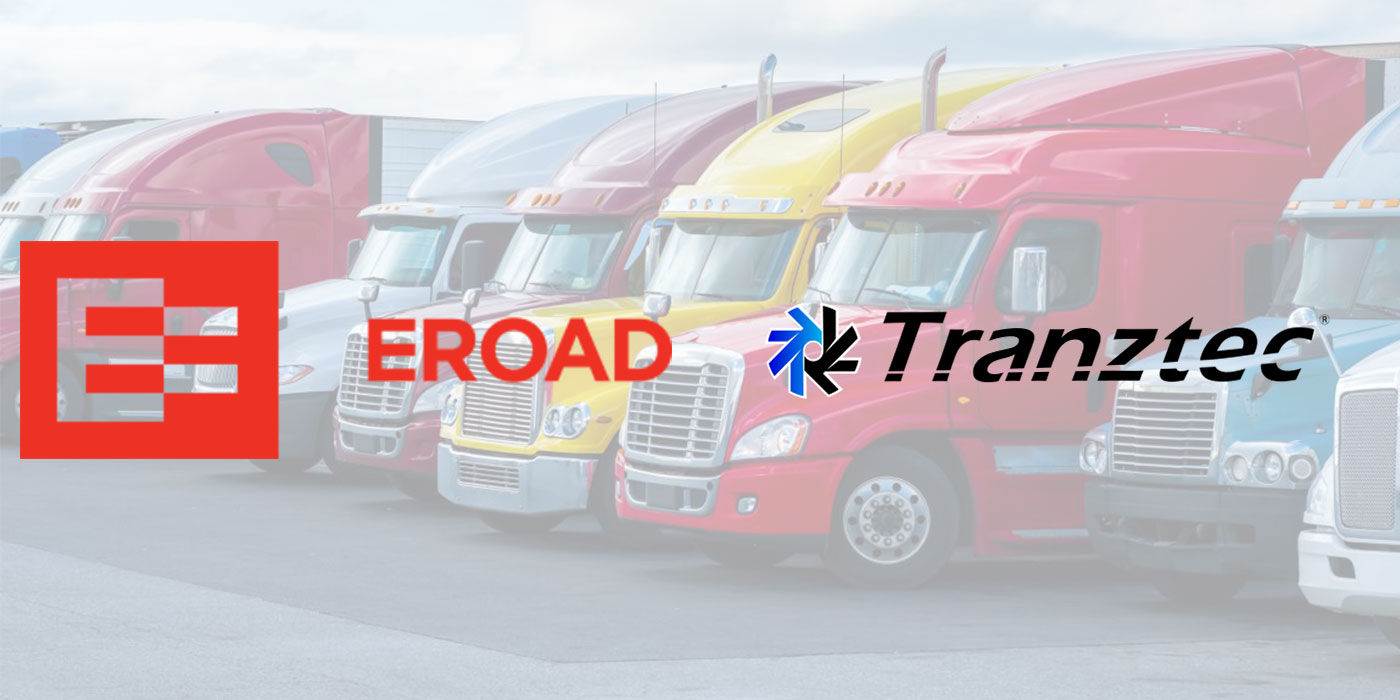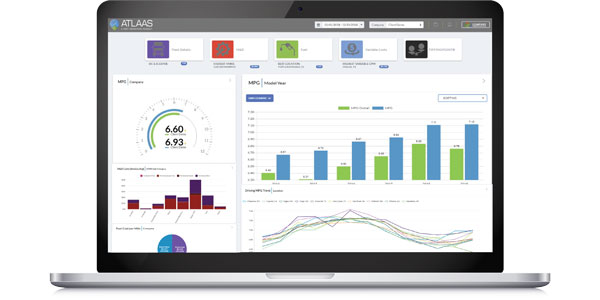Here’s a concern I’ve heard: “Our tractors wander, floating feelings and the drivers keep writing them up. I have done everything I can think of to repair the problem and even sent the tractors to the local frontend shop.”
So what can you do?
For years, when spec’ing tractors, I would increase the front axle capacity of the springs from the standard 12,000 lbs to 13,200 lb. or heavier for a stiffer ride. I was always questioned about spending more money for “nothing.”
The reason I did this was not for the added capacity, but for the ability to stiffen up the front axle stability. I believed this was due to the steer axle tires having accelerated tire wear because the front of the truck would push down in the corners (like in NASCAR race, pushing in the corners at 180 MPH). I later increased the capacity by specing 14,000 lb. axles so I could get 14,000 lb. front springs, when I could not buy what I wanted.
Heavy springs on the front axle? Engineers and salespeople said we did not need the extra capacity, and it would hurt the ride. However, I have proven to myself over the years that it does. It slows tire outer edge tire wear, stiffens up the front of the vehicle gives the tractor more stability to stay up right and also reduces the ride complaints of the truck floating and wandering all over the highway and on secondary roads.
I was working with a fleet that was fielding complaints about this problem, which was creating operational and driver issues. It was so bad the drivers were quitting and there was even a lawsuit pending. The fleet had premium vehicles; I mean nice trucks with a high center of gravity cab. In the cab, the driver’s seat and the front end floated and the driver could not drive without over steering and the fatigue was wearing him out. We solved the issue by replacing the 12,000 lb. front springs with 14,600 lb. on 50 trucks, and changed the angle of the shocks, from 50º to a perfectly vertical 90º. I was shocked at the results. I now completely understand the value of shocks and their angle.
We also installed stiffer air ride cab shocks. As a result, I would suggest if you are spec’ing a Class 8 vehicle for a gross weight 80,000 lbs. also change to an approximately 14,000 axle with 14,600 lbs. springs especially if it is a sleeper and or a reefer unit is on the front of the trailer. Some vehicle 13,200 lbs front axles are available, but may still be a marginal solution, in my opinion.
For driver complaints regarding trucks that “float and wander,” I recommend replacing the springs with 14,600 lb. springs, increase the caster settings and you maybe surprised. One benefit of the larger axles is larger front axle wheel bearings. In my opinion, front wheel bearings need to be bigger. In this case bigger is better.
If your gross vehicle weight is 70000 lbs., then a 12,000 lbs front axle may be okay, but I would upgrade the springs to 13200 lbs.
I recently had the opportunity to test numerous vehicles with various front axles and spring capacity, the results convinced me that I have been spec’ing the right combinations to reduce maintenance, tire wear and, most importantly, driver fatigue.













